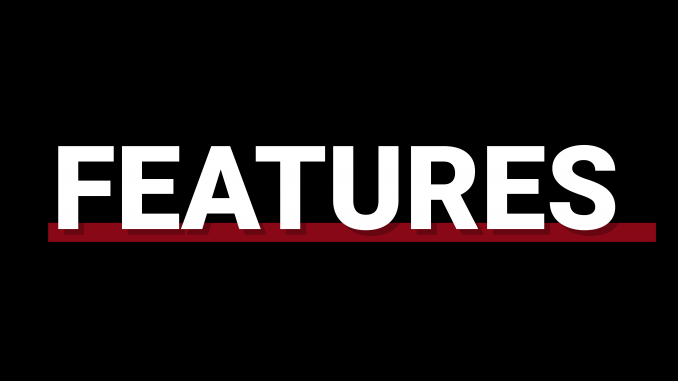
Born in Italy with family living overseas, the COVID-19 pandemic “hit home” for Vittoria Boni before it reached others in the United States.
Worried for the health of her great aunt, Boni, a fourth-year medical student, realized she needed to help her community through the pandemic, she said.
“At that time, it became obvious really quickly that there wasn’t anything I could do for Italy,” Boni said. “At that point things were starting to get kind of bad here. And I just started to figure out, ‘What can I do?’”
Her answer came when Boni was contacted by Kurt Koehler, who partnered her the Center for Urban Bioethics at the Lewis Katz School of Medicine to produce masks for residents in North Philadelphia.
“It’s beyond amazing when you have other people match [your] energy,” Boni said.
Koehler, a fourth-year medical student, and Boni organize student volunteers from the Lewis Katz Medical School of Medicine and the College of Public Health who pick up prepared bags of mask-making materials on Monday or Friday at the Medical Education and Research Building on Broad and Venango streets. During a three day period, volunteers make 50 masks and drop them off at the building, Koehler said.
“We kind of built everything from the ground up, designing the workflow for the volunteers and shifts and then recruiting from the med school as well as the College of Public Health and undergraduate schools,” Koehler added.
Boni and Koehler worked with Nicolle Strand, assistant director at the Center for Urban Bioethics, Kathleen Reeves, the senior associate dean of the center’s new Office of Health Equity, Diversity and Inclusion and Jillian Jatres, senior research associate at the Lewis Katz School of Medicine, to provide direction toward where the masks could be distributed.
David Brookstein, senior associate dean of engineering, designed the mask.
“When the pandemic began, there were not a lot of masks out there … so I identified a need,” Brookstein said.
Brookstein sought to create a mask that was protective, durable and easy to make, he said.
The initiative is a no-sew operation. When volunteers sign up, they are given a grommet machine to put holes in the sides of the mask to secure in ear pieces, Boni added.
Boni’s goal was to make 10,000 masks. She wasn’t sure the initiative would expand to make it to that milestone, she added.
“When we hit that last week, or two weeks ago, it was kind of a surreal moment to be honest because you’re in the grind of everything, you kind of put your head down and do the things that you need to do,” Boni said. “You kind of forget to take a step back and look at the whole picture.”
As word caught on, the number of volunteers grew beyond what Boni and Koehler could handle between the two of them, said Koehler.
“I’m absolutely amazed by just how many people have shared the similar vision that we have and that have the energy to put into this project,” Boni said.
Due to the growing demand for the masks, they brought on a team of four students from the Lewis Katz School of Medicine and the College of Public Health to help with organizing volunteers, logistics and outreach to the community, Boni said.
While Boni and Koehler do not anticipate this carrying past the winter, they hope their efforts will reduce future spikes in COVID-19 cases, Koehler said.
“We’re here if it needs to be here,” Boni added.



Be the first to comment